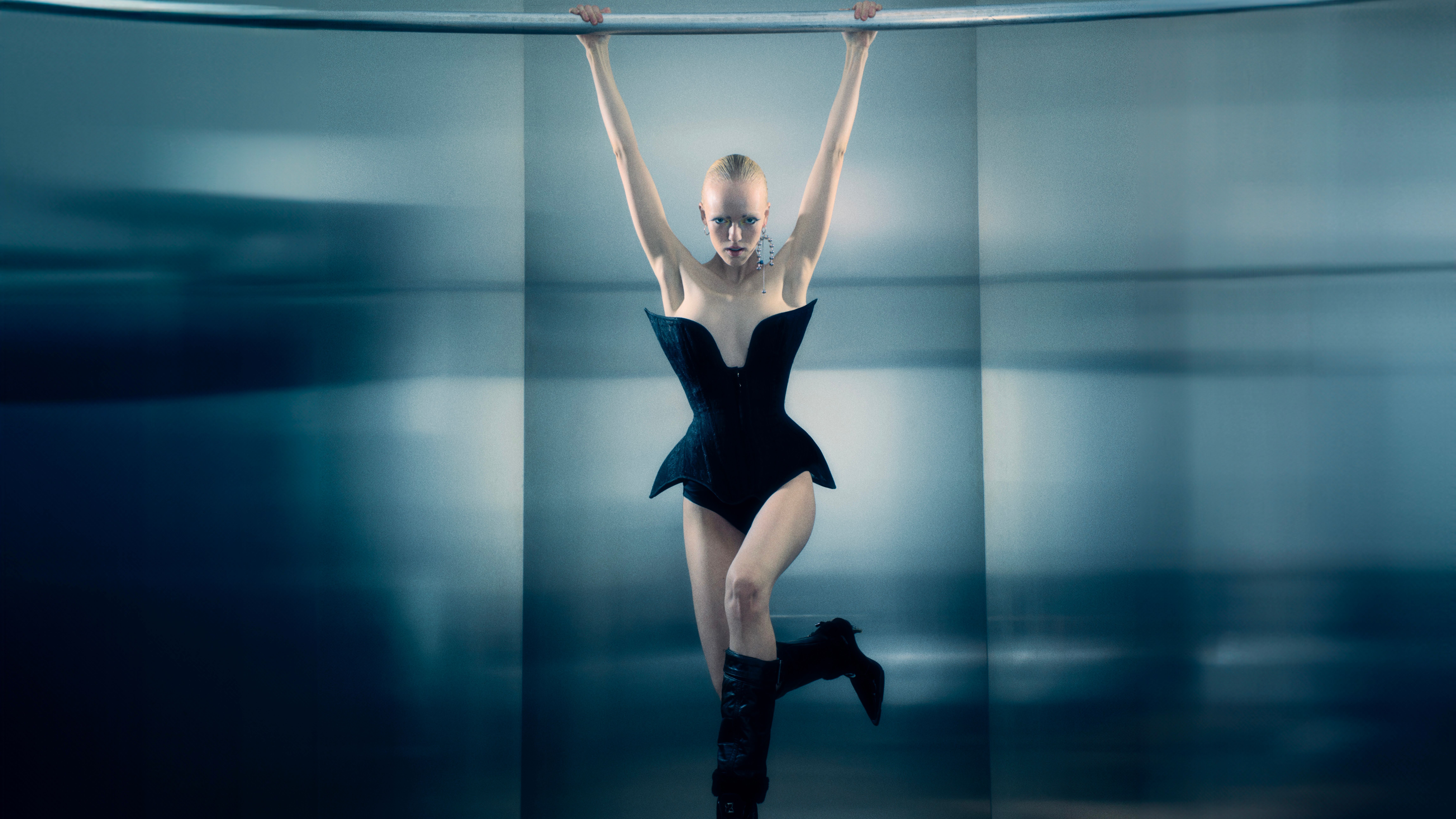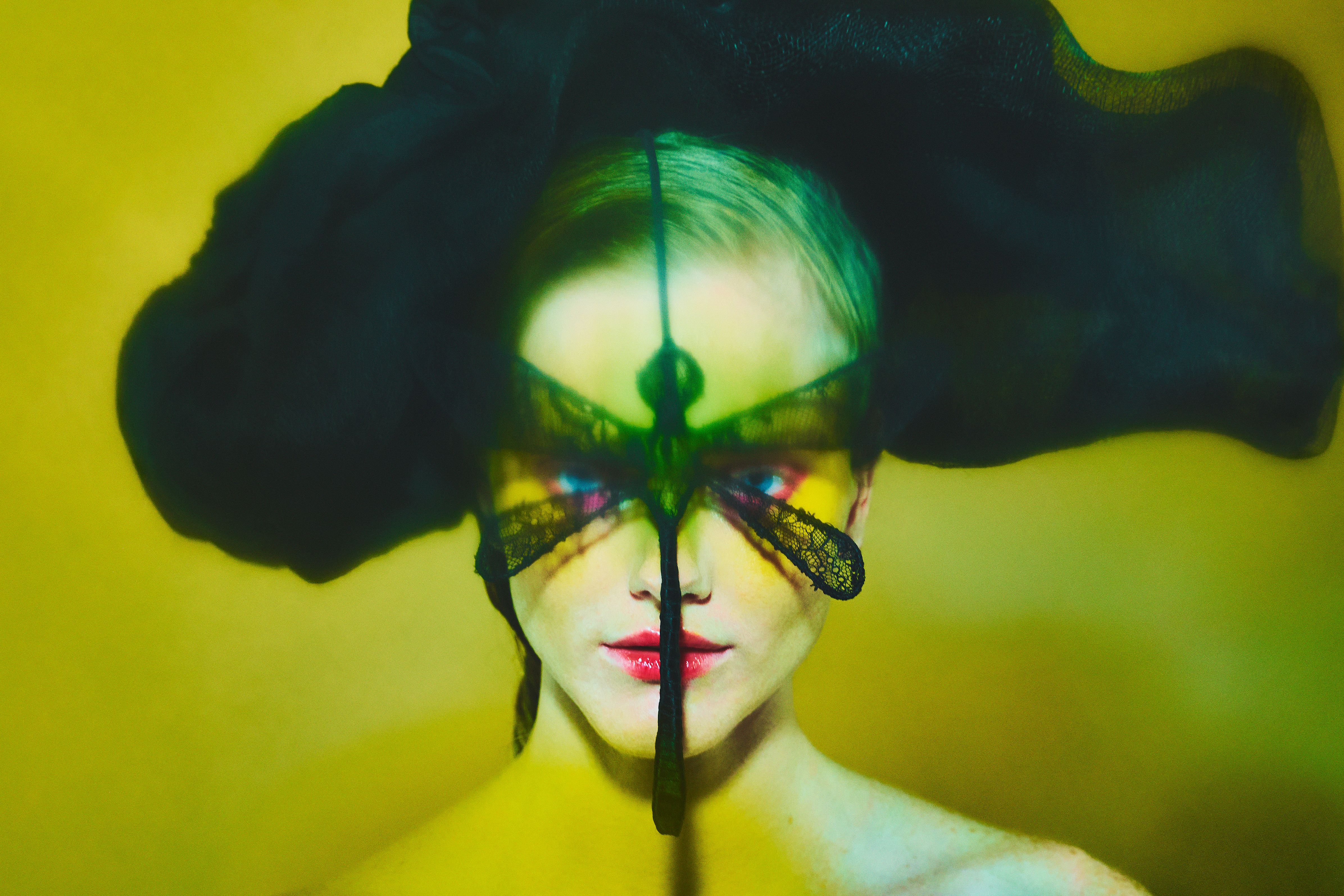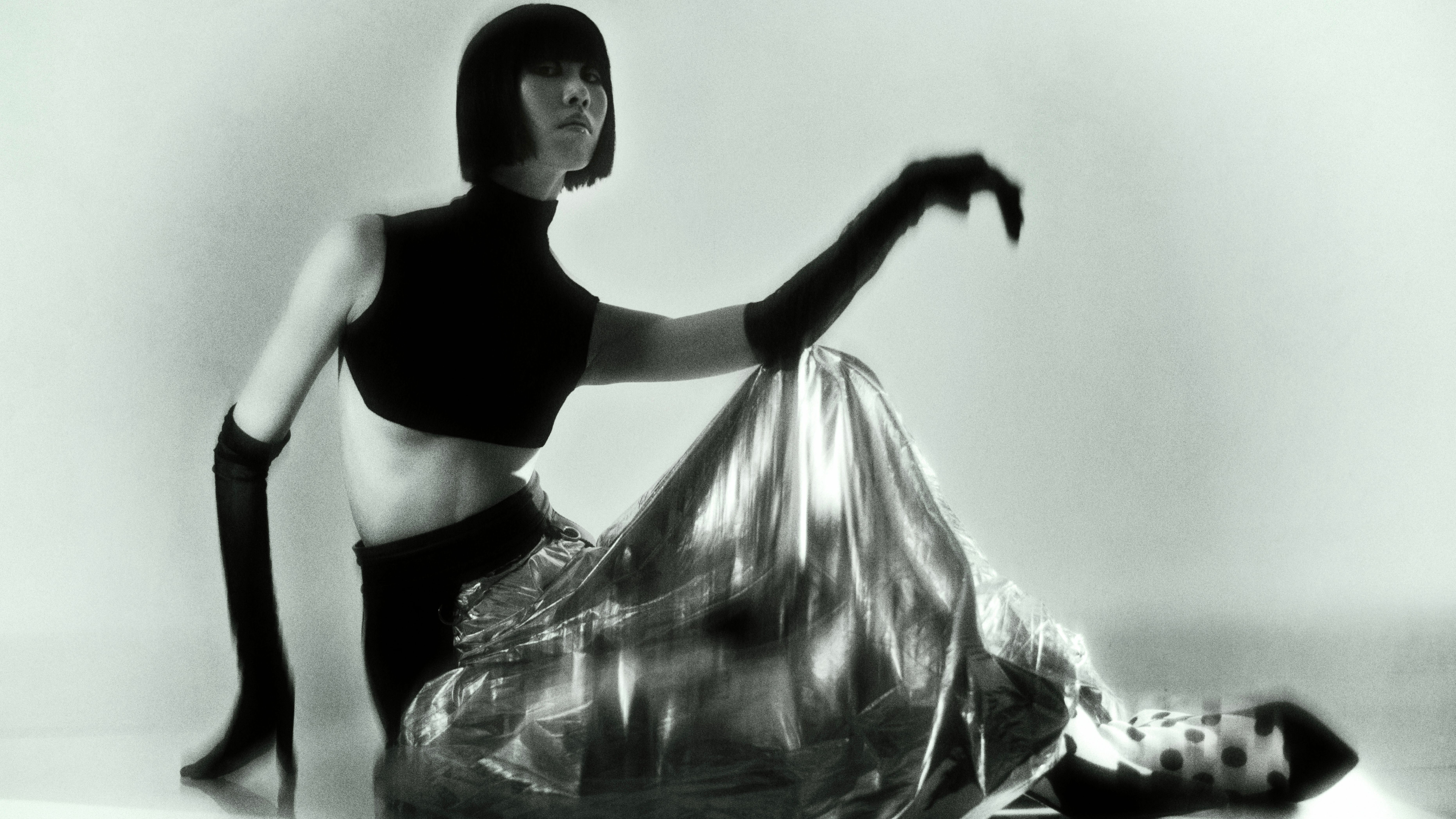Per Appelgren’s work is a vivid exploration of energy, presence, and connection. His images capture a world in motion, balancing boldness and intimacy, and inviting the viewer into a space where instinct meets precision. For Per, photography is a constant dialogue with the subconscious, a dance between control and surrender, between intention and spontaneity. He creates conditions where the subject naturally inhabits the image, letting the story guide their movements and emotions. His work reminds us that photography can strip away distractions, ground us in the present, and offer a glimpse into deeper layers of connection, possibility, and self-discovery.
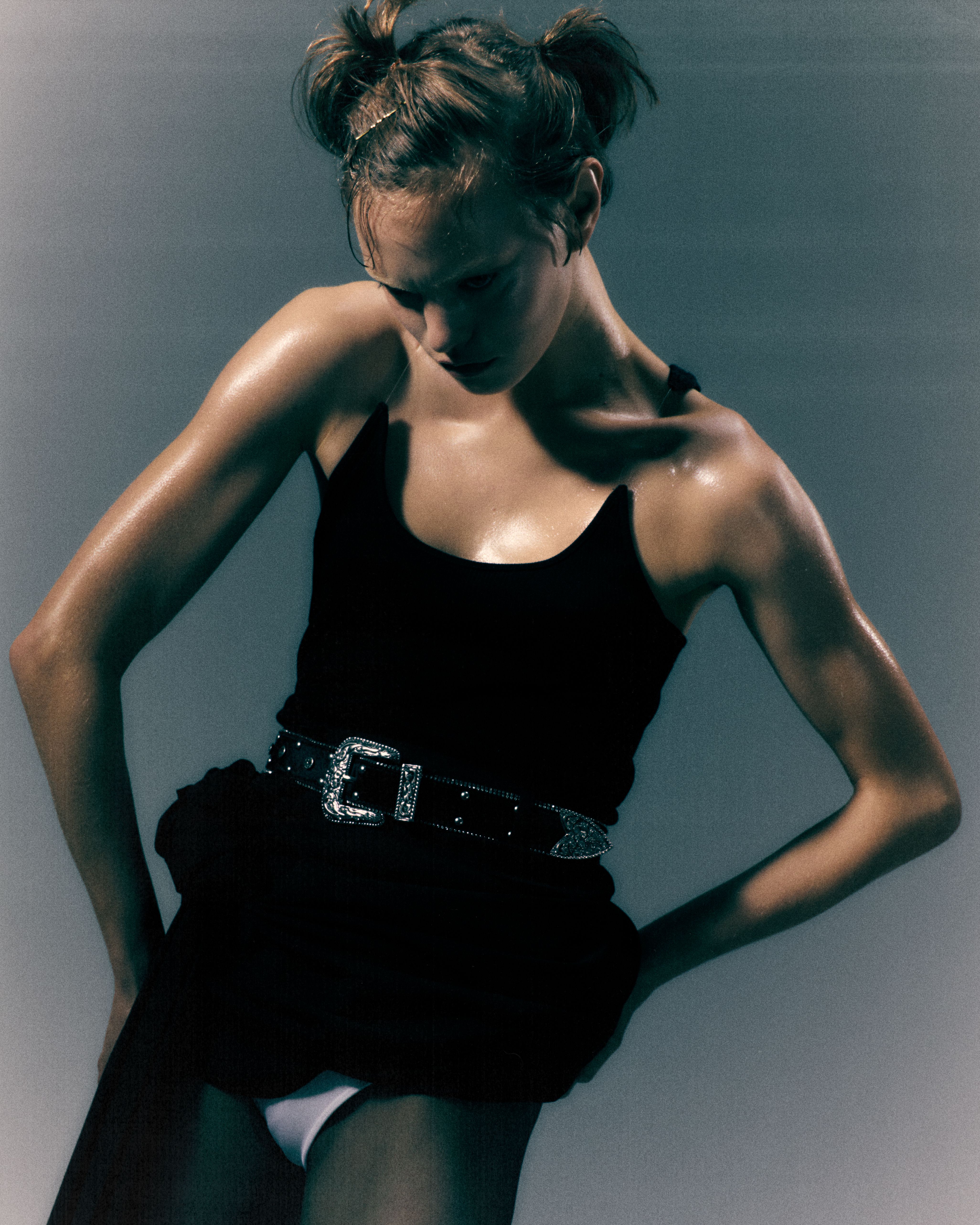
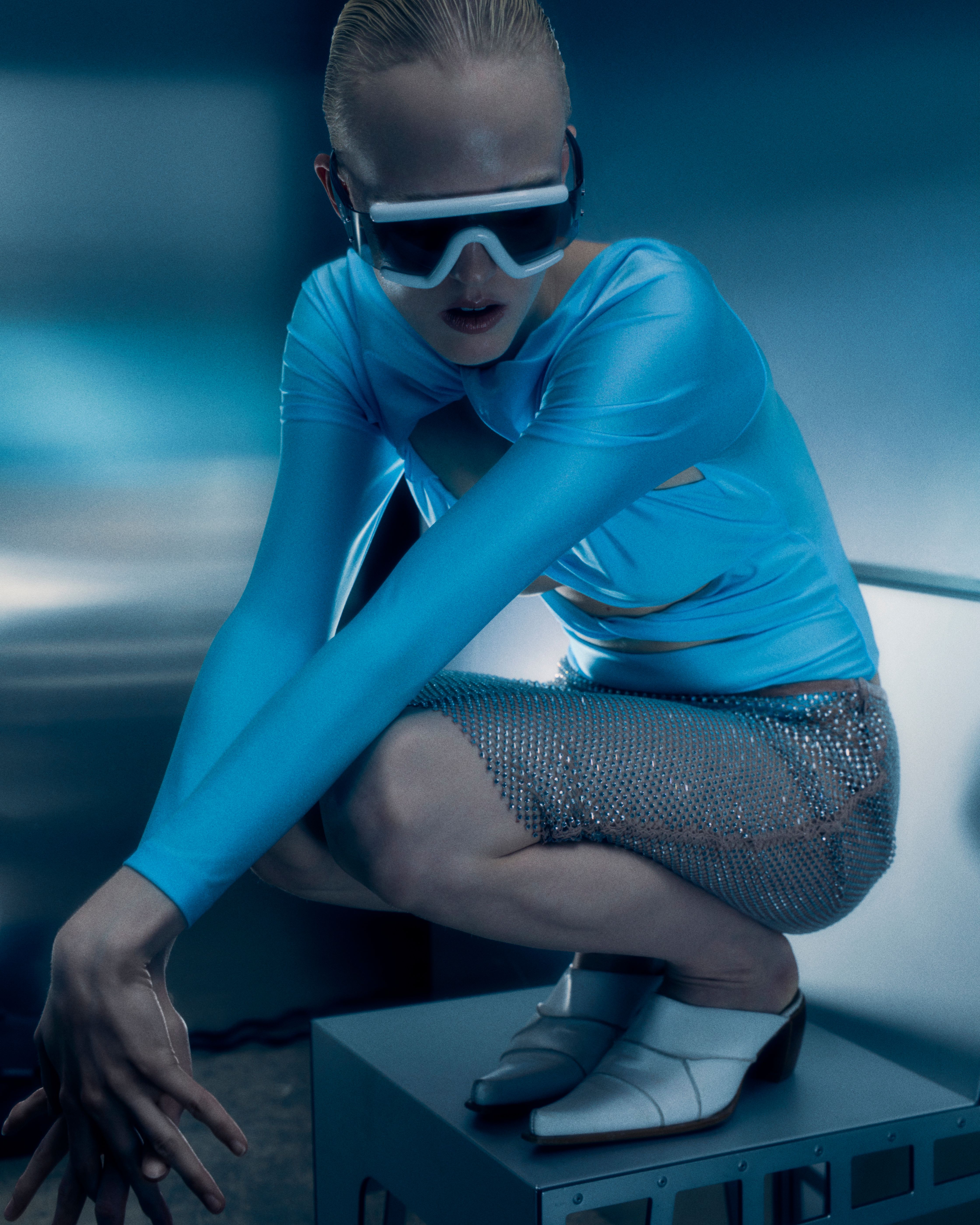
Per, first of all, thank you for sharing your thoughts with Shot Magazine. Your academic background began in a field far removed from the arts. What led you to leave a more rational path in order to embrace such a visual and emotional language as photography?
Ultimately, it all resulted from the question I asked myself: Where do I find genuine fulfillment? There are countless paths and dimensions that lead to true inner satisfaction, but one realization stood out above the rest: you need to carefully listen to that deep inner voice inside. Mine urged me: 'Build something you truly love. Something that makes you wake up with a smile and ignites a fire in your soul you didn’t even know existed.’ That kind of work drowns out every distraction. The fear of failure, the gruelling cycles of trial and error. Because deep down you know it’s worth it. You’re not doing it for anyone else; you’re doing it entirely for yourself. For me, the peak of joy lies in the act of creating something visually compelling alongside a team of kindred spirits. That shared energy, the pure thrill of bringing an idea to life through images, is unrivalled. Nothing compares to that moment when a vision crystallizes into a photograph that moves and inspires. It’s in those instances. Surrounded by people who share my passion and driven by collective creativity that I discover my deepest sense of fulfillment.
I have read that you describe your photography as something vivid, energetic, and in constant motion. In your view, what truly makes an image feel vivid? Is it more about the subject, the perspective, or pure instinct?
I don’t think there’s a one-size-fits-all answer. Vividness can spring from punchy color choices, daring angles or eye-catching subjects in the frame. But for me, it all comes down to the connection you, as the photographer, forge with your subject. You’re chasing those split-second moments when the world around you seems to pause and you’re completely locked into the scene together. That bond, that shared presence, is what makes an image feel truly alive. Whether your subject is dancing, jumping, or standing perfectly still. There simply has to be a real connection.
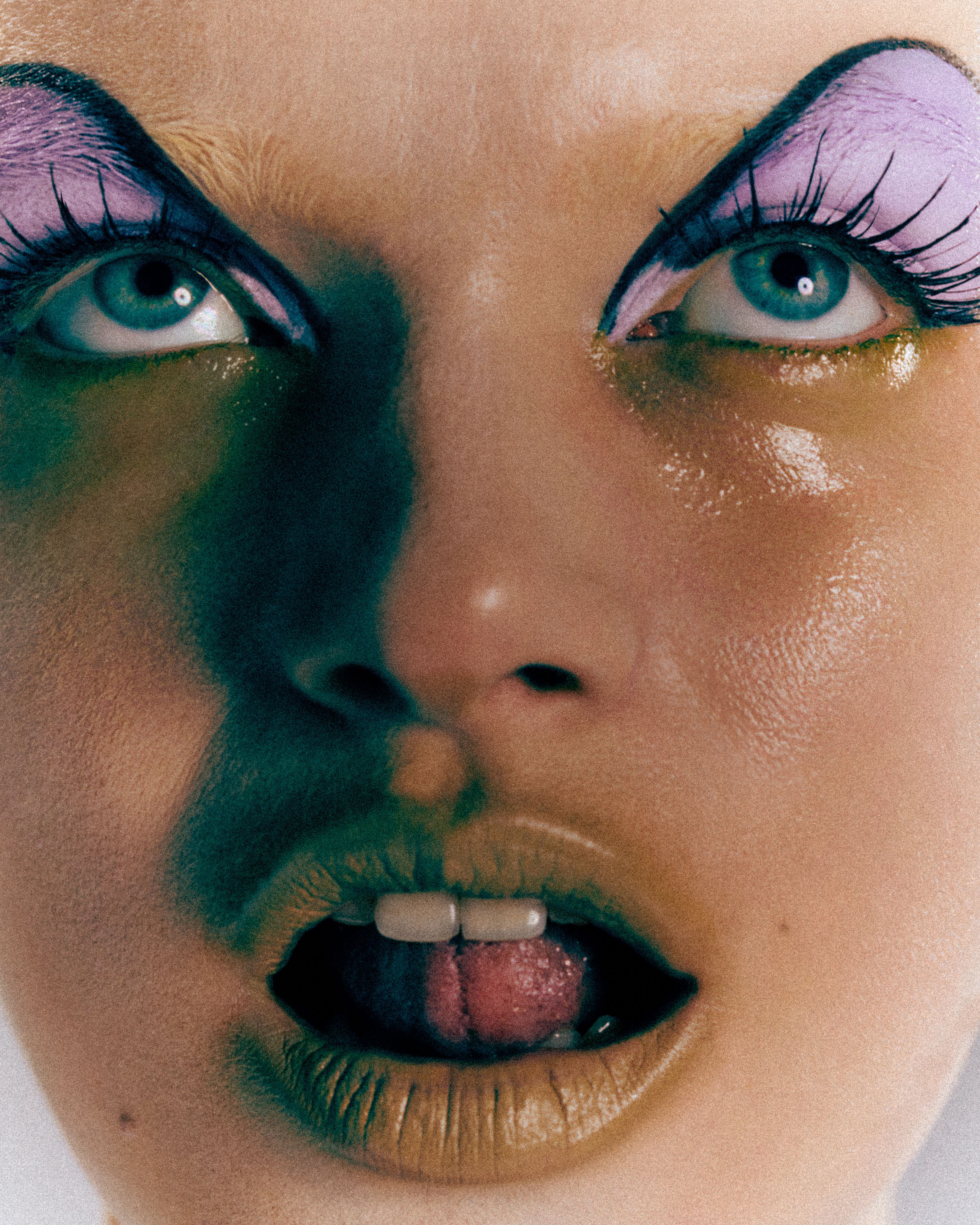
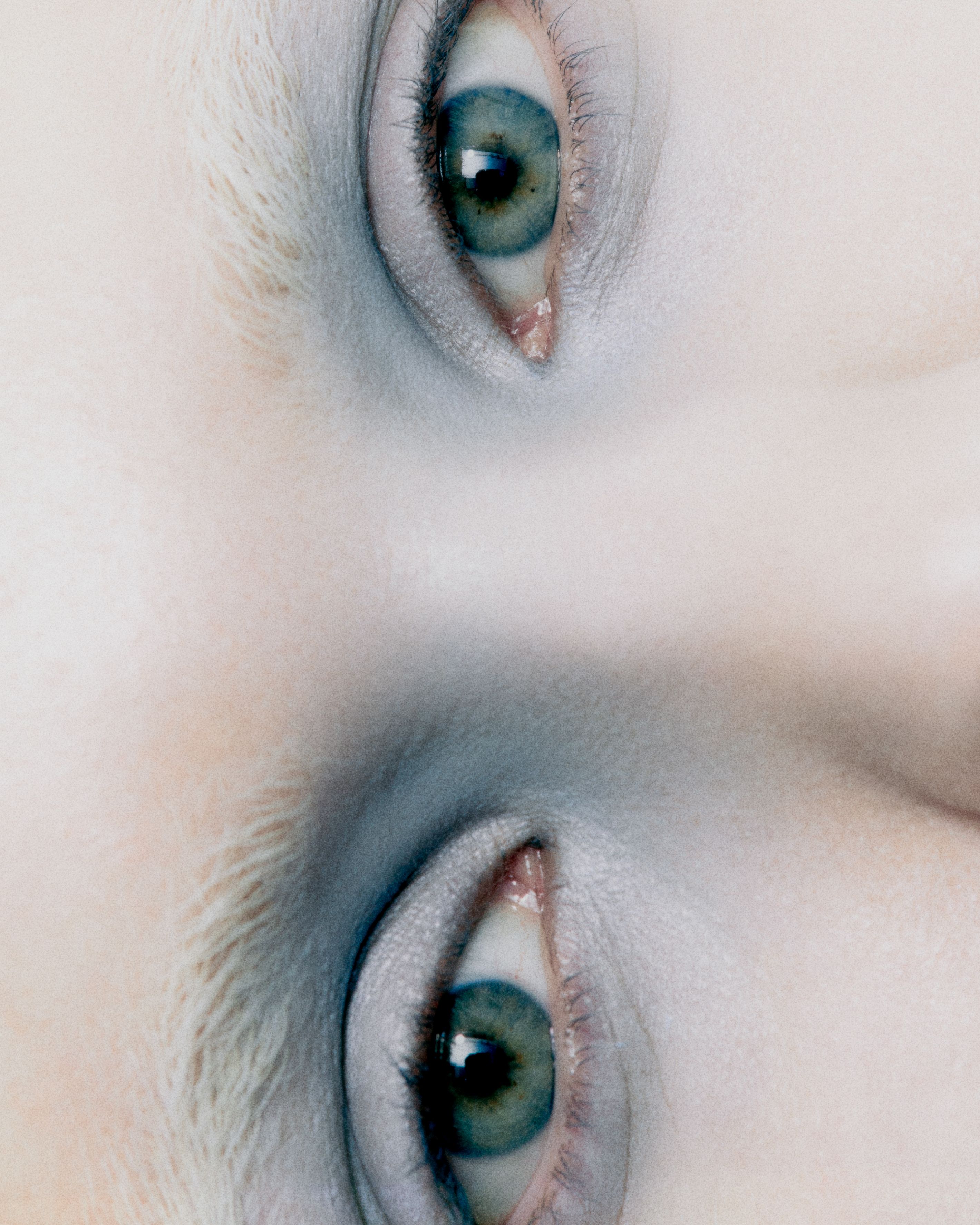
In your editorial ‘To the Moon,’ you portray an intimate journey, seemingly suspended in time and space. What does this futuristic setting represent to you? Is it a metaphor for existential solitude, or an invitation to imagine new forms of connection?
I’ve always been fascinated by new technologies. How they weave into our lives and shape who we are. On one hand, they open up incredible possibilities and opportunities. On the other, they underscore a paradox: the more ‘connected’ we become, the more fragmented and lonely we often feel. To me, this project is as much a celebration of tech’s potential as it is a critique of its pitfalls. I’m convinced we urgently need to become more mindful and aware of how we consume media and spend our time online, or risk losing ourselves in its ever-present trap.
You often use ultra wide-angle lenses, which create an immediate and intense connection between the subject and the viewer. What draws you to this kind of direct perspective?
Even though I’ve dialed back on ultra-wide lenses to explore new ways of portraying my subjects, I’m still irresistibly drawn to them. They let you get so close there’s nowhere to hide. What you see is the unfiltered truth. That rawness is endlessly compelling as a creative tool. Plus, the extreme distortion around your subject lets you build entire worlds that feel both surreal and immersive. It’s a thrilling effect to use.
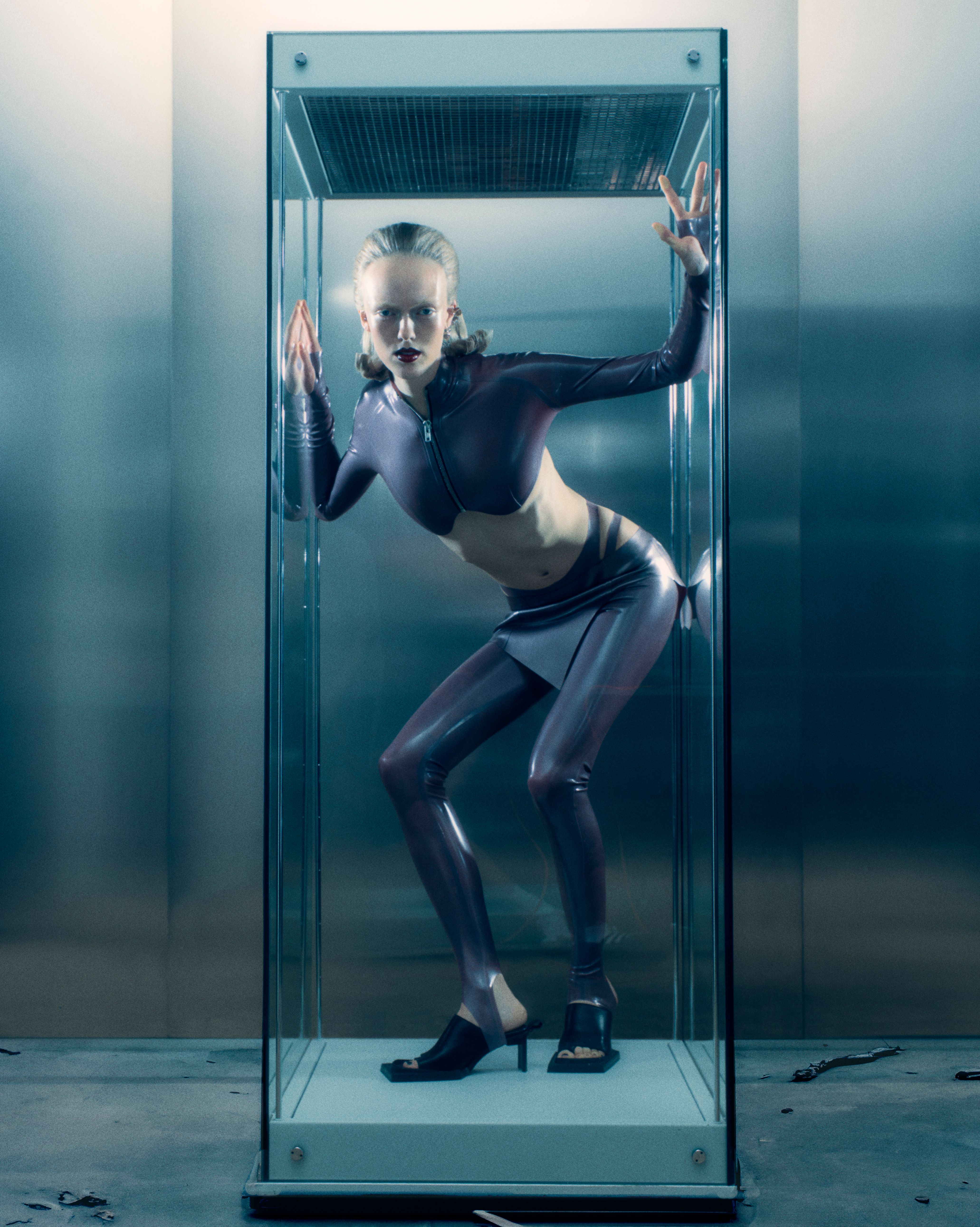
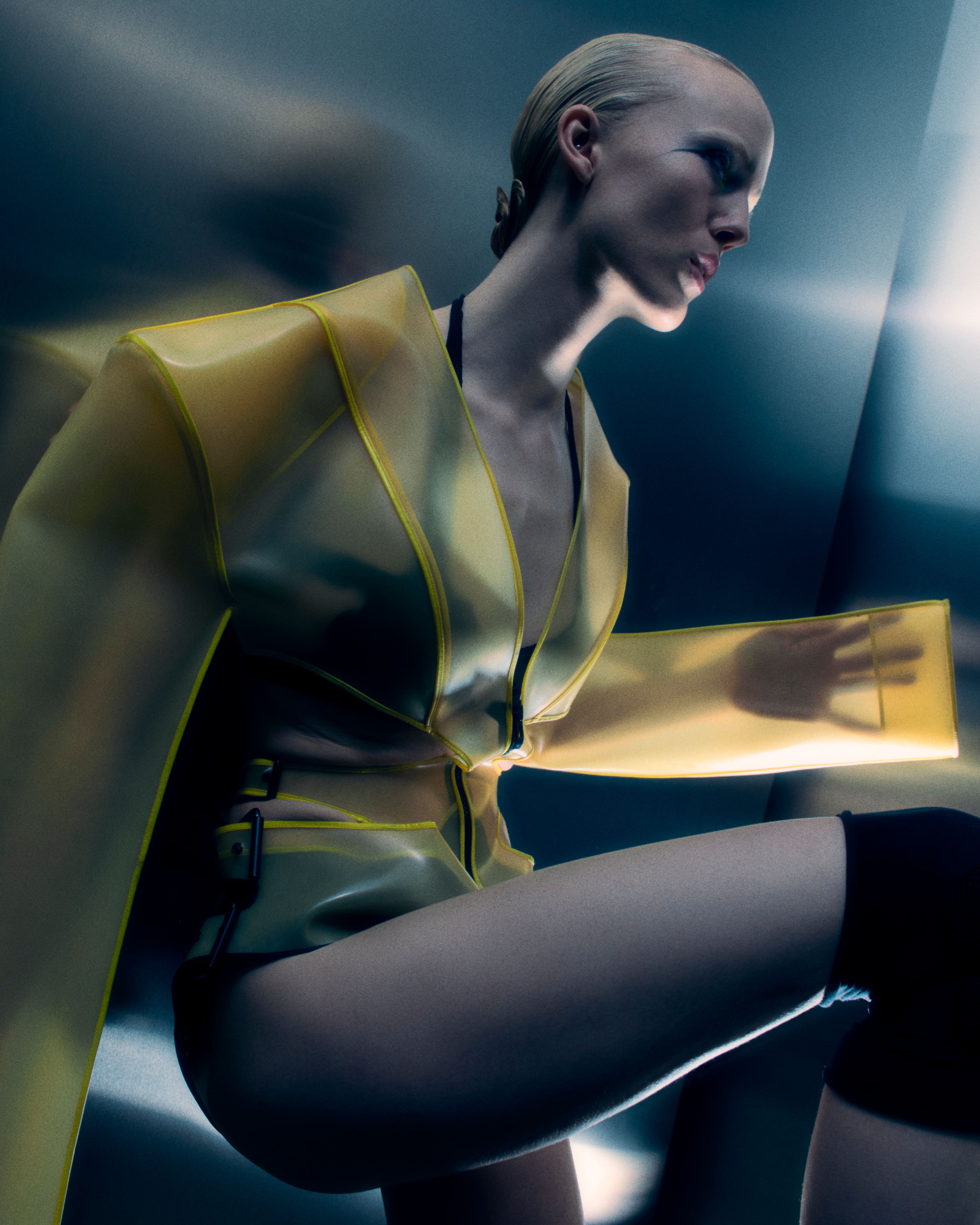
What kind of relationship do you have with your subconscious?
I’ve learned just how much our subconscious runs the show. It has to! Otherwise we’d drown in every little decision, like driving a car would become a full-time mental marathon. But that autopilot mode doesn’t just handle the small stuff; it can whisper its preferences on the big calls, too. That little inner voice often pushes you toward the ‘safer' choice, and if you mistake it for reasoned judgment, you’ll never know how far you might’ve gone. The trick is simply recognizing when it’s talking. Once you hear that subconscious nudge, whether it’s steering you clear of risk or firing off a gut warning, you can pause, question it, and decide for yourself. That gut instinct is another form of subconscious wisdom, and nine times out of ten it’s pointing you in the right direction. I’ve learned to listen very carefully to my subconscious and check what I really want. Becoming aware of my own autopilot has given me the freedom to take smarter risks.
Your work often reveals a deep connection with the person in front of the camera. What is your approach when directing your subjects? Do you tend to take control, or do you prefer to let them guide part of the narrative?
I believe in building a real connection with the person I’m photographing long before we hit the set. That starts with a quick Instagram chat. Sharing moodboards and my vision for the shoot, so that we already have a sense of understanding. Once we’re on set I take the time to really listen: learning their story, setting the tone for the day and making sure they feel seen and comfortable. I also love aiming for clarity. Everyone knows what we’re creating together without setting them too many boundaries. Instead of giving directions like ‘look left’, I tell a story. I invite them to step into a moment, express themselves freely and let the narrative guide their movements. It’s that sense of shared storytelling that brings out their truest, most confident selves in front of the lens.
